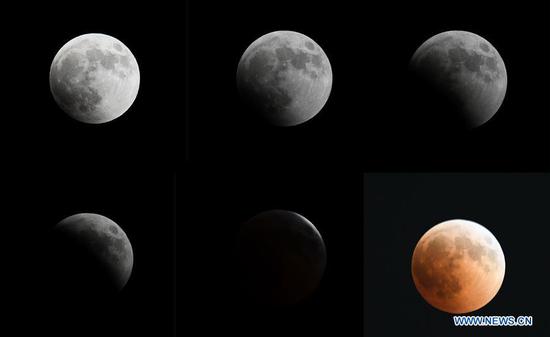A group of scientists have recently verified Einstein's theory of relativity by observing how a fast-moving star's light waves were changed as it is approaching a supermassive black hole, according to the journal Astronomy & Astrophysics.
Scientists at the European Southern Observatory measured that the orbital velocity of the star increased to more than 25 million km per hour as it was getting closer to the black hole at the heart of the Milky Way.
The star's wavelength stretched as it sought to escape the gravitational pull of the black hole, with its appearance turning from blue to red, Odele Straub from the Paris Observatory told the media.
Such phenomena agree with the gravitational redshift in Einstein's general theory of relativity, which predicts that the extreme gravitation field of a black hole would stretch a star's light waves to longer wavelengths and the star would become redder.
Observing the gravitational redshift in the solar system is seen as one of the classical tests of general relativity. About 26 years ago, scientists at the observatory began monitoring the central area of the Milky Way through its Very Large Telescope to observe the motion of stars near the black hole, which is four million times as large as the sun.


















































